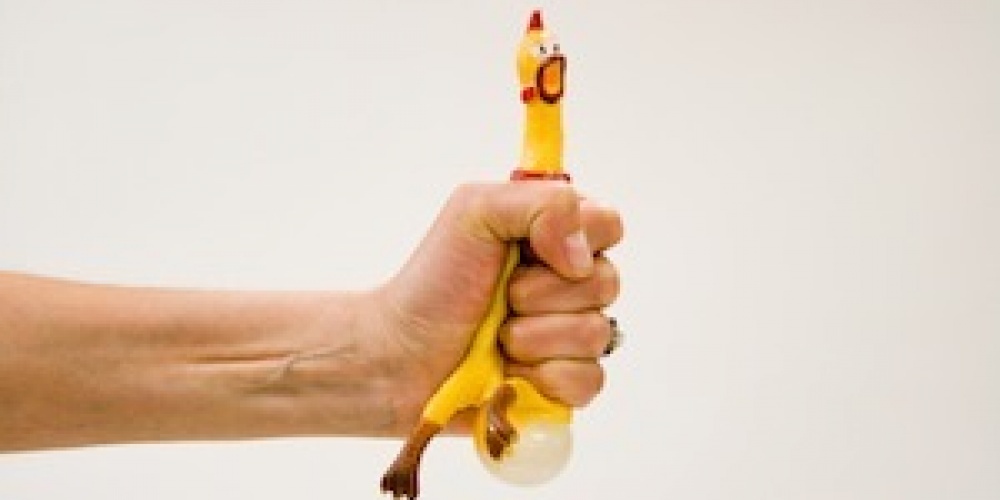
It seems that the toy industry in Talmudic times was quite different than the one we have today. Lacking the technological gizmos so popular today, Talmudic toys were much more attuned to the world of nature.
“If one carries a live pure (kosher) grasshopper, it is any size; if it’s dead, the size of a dried fig” (Shabbat 91b). The Talmud meticulously details on an almost item-by-item basis how much one need carry to violate the prohibition of carrying on Shabbat—the operative principal being, that which is the smallest quality that would be of use. For most food items, the minimum size required is that of a dried fig (Shabbat 76b). Anything less is considered insignificant.
However, the Mishna rules that one is liable for carrying a grasshopper of any size if it is alive, as “they are hidden (used) for children to play with”. While one may not consider it much of a meal to eat a grasshopper less than the size of a fig, it works quite well as a toy. Kids will happily play with any size grasshopper.
This applies only to a live grasshopper; once they are dead, children apparently lose interest in them. As now it is good only for eating, the operative size for Shabbat laws reverts to a dried fig.
The Mishna records a dispute between the sages and Rav Yehuda regarding the status of non-kosher grasshoppers. As a toy, it should make little difference whether we are dealing with a kosher or non-kosher grasshopper. Yet the sages rule that, unlike the kosher variety, in the case of non-kosher grasshoppers one is not liable on small amounts. The Gemarah explains that parents did not give their kids non-kosher grasshoppers to play with, lest the critter were to die during play and the kids just go ahead and eat it.
Rav Yehuda disagreed, affirming that kids could play with any grasshopper they liked. Showing great insight into the relationship between child and toy (or perhaps between child and pet), Rav Yehuda was unconcerned that the children might eat the dead grasshopper. They would instead be “eulogizing” the loss of their pet (or toy). Eating it would be somewhat akin to cannibalism in their eyes. This leniency for playthings meant stricture in the laws of Shabbat, and carrying any amount of a non-kosher grasshopper would be a biblical violation of Shabbat.
Grasshoppers were not the only unusual toys of the Talmudic world. One of the most famous principles in the laws of Shabbat is what is referred to as p’seik reisha, what we might call the law of unintended, but unavoidable, consequences. A permitted action—say, opening up a refrigerator—becomes prohibited if it invariably will be accompanied by a prohibited result—say, the turning on of a light.
In presenting this law, the Talmud uses the example of a father, who—eager to give his child something to play with—cuts off the head of a chicken and gives the rest of the animal to the kid. While the father may not intend to specifically kill the chicken, it is simply impossible to cut off the head of chicken and keep it alive. Hence, the incredulous expression, “p’seik reisha v’lo yamut?” (“Can we cut off the head and it will not die?”).
Shabbat is a day of rest. On Friday night, that seems to have meant reviewing what one learned in school that week: “In truth it was taught, the teacher oversees where the students are reading (Shabbat 11a)”. On Shabbat afternoon, that apparently meant the opportunity to play some games, something that was part of the oneg Shabbat of the children.



